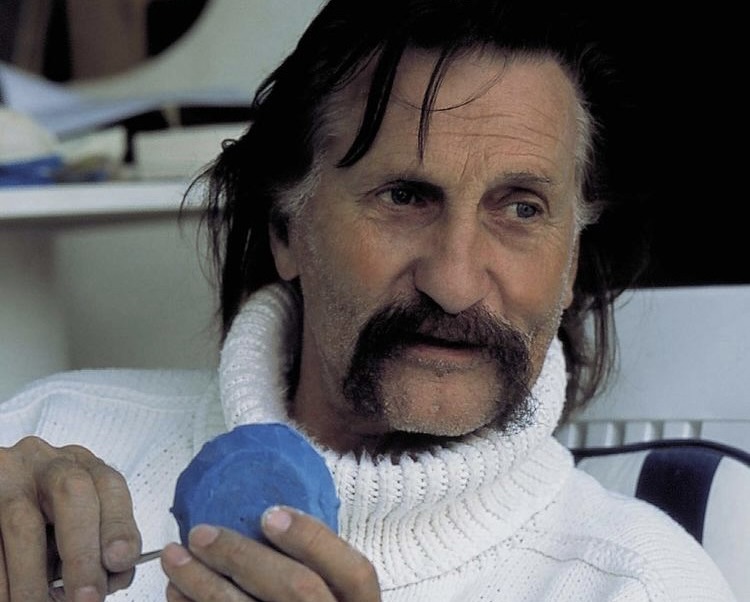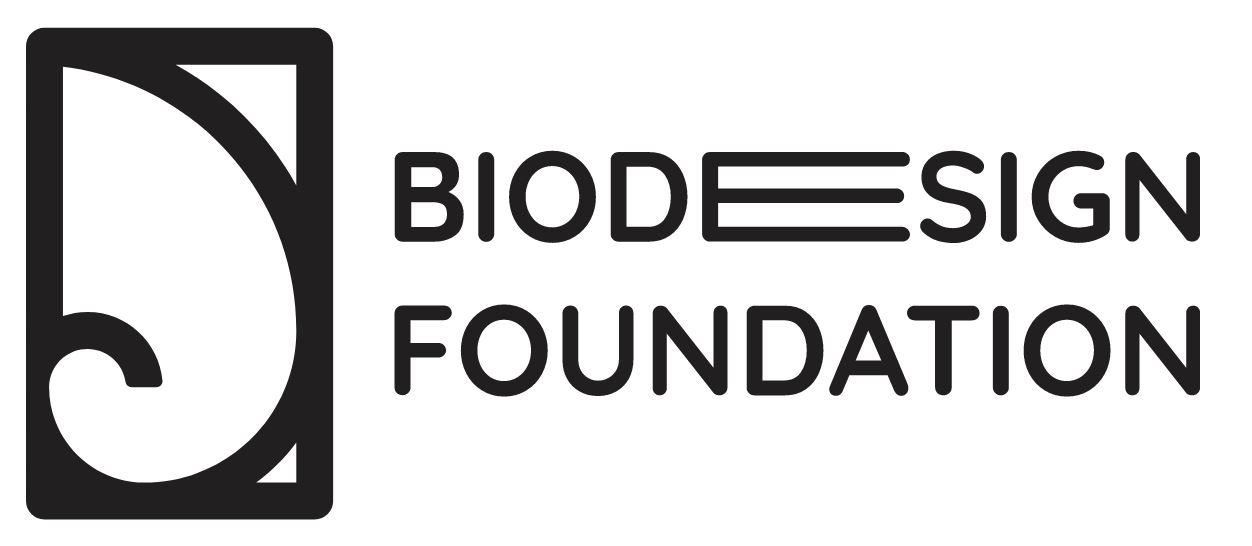Luigi Colani

Luigi Colani was born in Berlin in 1928.
“We were never able to be better than nature.” (2011)
Titled by Architectural Digest in 2008 as “the most influential designer of the 20th century” and “Leonardo of plastics” the design icon Luigi Colani gained worldwide recognition for his unwavering commitment to organic shapes, extreme flowing lines, and aerodynamic visual language.
Colani was born in Berlin in 1928. His mother was active in the vibrant theatre world of Berlin of the 1920s, while his father was a theatre and film set designer who worked on Fritz Lang’s historic film Metropolis.
The influences from his parents’ professions nurtured Luigi’s imagination and craftmanship from an early age.
During his childhood, one of primary channels for creative expression involved creating his own toys.
After 1945 Colani attended courses in sculpture and painting at the Hochschule für Bildende Künste in Berlin, before moving to Paris to study aerodynamics at the Sorbonne Université.
His fascination for transport and innovative material usage put Colani on track for his early successes in auto and sailing vessel design, initially taking him to the USA.
Throughout his life, commissions and academic duties led him to reside in as Germany, Russia, Japan, China, Switzerland, and Italy.
From the late 1950s, Colani collaborated with many renowned automobile brands such as Fiat, Alfa Romeo, Volkswagen and BMW. From the 1970s onwards, Colani expanded his artistic vision beyond vehicles to progressively include furniture, household appliances, cameras and televisions, as well as trucks, trains, airplanes, and spaceships.
In one of the most enduring applications of his design, Colani-designed aircraft turbine blades are still used today in the majority of commercial passenger aircrafts.
Whatever the discipline, Colani’s 90/10 formula was always at the core of his working approach and constitutes the most significant part of his legacy: 90% inspiration from nature + 10% transformation Colani = BioDesign.
As well as highlighting nature as an inexhaustible source of inspiration for human innovation, 90/10 also underlines humanity’s dependence on a thriving natural environment.
Luigi Colani’s forward-looking design language serves as a testament that he was ahead of his time.
The core of his progressive life’s work is defined by the pursuit of restoring harmony between humans, technology and nature.
His aesthetical choices always remained rooted in a deep concern for the environment. Energy efficiency was already at the centre of Colani’s creative work in the mobility sector in the 1950s.
For many decades, he remained a rare voice in design, demanding and delivering more sustainable production principles.
Colani’s artistic pursuit left an indelible mark on the design world.
His creations are not only captivating to the eye but have triggered discussions and re-considerations of the intersection of technology, aesthetics, and environmental sustainability.
By challenging conventional norms and championing organic forms, Colani inspired a new generation of designers to respect the genius of nature, consider the ecological implications of their work and strive for solutions that resonate with the natural world.
During his residency in Venice, Colani developed the vision of realising an immersive BioDesign Museum in the lagoon to create a centre for passing on these values to designer and the general public alike.
In never growing tired of emphasizing his indebtedness to nature, Colani’s legacy helps us in recognizing humanity as an integral part of biodiversity, rather than viewing it as a separate entity.
Further, as we navigate the complexities of the 21st century, Colani’s inheritance serves as a crucial reminder that beauty and functionality of human products must not come at the expense of ecological integrity and key inspiration in shaping a collective eco-ethical future.
